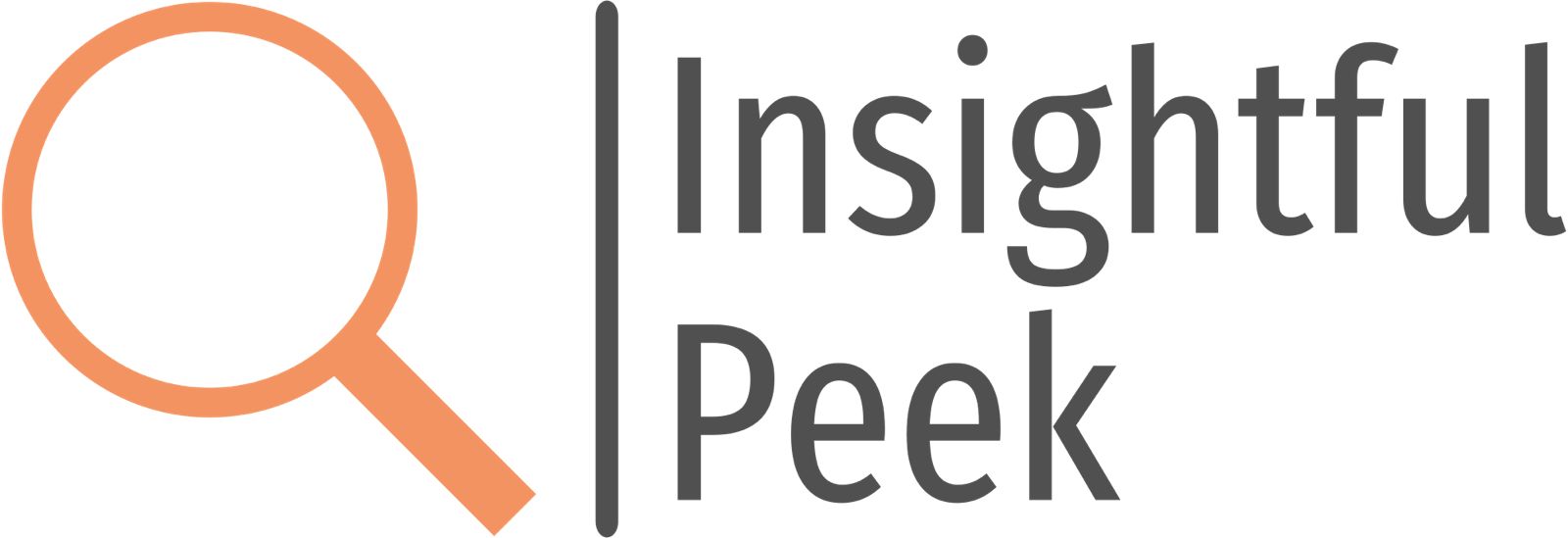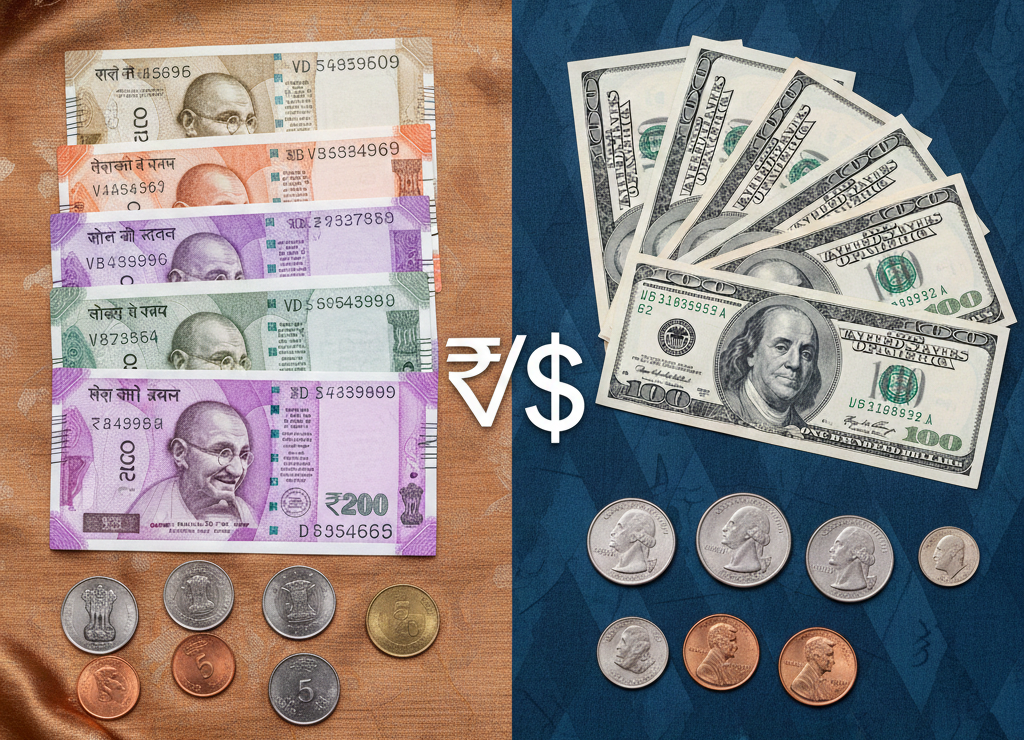The recent hike in Dearness Allowance (DA) for certain central government employees under the 6th Pay Commission has sparked considerable interest, as it raises DA from 239% to 246% of the basic salary. This adjustment, effective from July 1, 2024, per the Office Memorandum from the Department of Expenditure, Ministry of Finance, aims to support employees still on the old pay scale by helping them manage inflation and rising living costs. Here’s a closer look at the impact of this DA increase and its implications for eligible employees, including those in Central Autonomous Bodies.
The Ministry has confirmed that the DA regulation provisions outlined in previous office memorandums will still be applicable under the new update. Departments and organizations following Central Government pay scales have been directed to communicate this information to all relevant employees. The circular further advises that all organizations under the administrative control of these Ministries or Departments that have adopted Central Government pay scales should also be notified.
What is 6th Pay Commission?
The 6th Pay Commission in India was set up in 2006 under the chairmanship of Justice B.N. Srikrishna to examine and recommend updates to the salary structure for Central Government employees. Its objectives included revising pay scales, pensions, and allowances, ensuring compensation kept up with the cost of living, enhancing public service efficiency, and resolving pay structure disparities.
The recommendations were implemented in 2008, introducing several major changes:
- Revised Pay Scales: Salaries were restructured with a new pay band and grade pay system, replacing the older, less flexible structure.
- Dearness Allowance (DA): A higher DA component was introduced to counter inflation, with periodic adjustments based on the Consumer Price Index (CPI).
- Retirement Benefits: Improved pensions and gratuities were recommended for retired central government employees.
- Special Allowances: Allowances such as transport and education were increased, with some new ones introduced to address specific employee needs.
What is Dearness Allowance?
Dearness Allowance (DA) is a cost-of-living adjustment provided by the government to public sector employees and pensioners to help offset the impact of inflation on their earnings. This allowance is intended to ease the financial strain caused by rising prices, ensuring that employees’ and pensioners’ purchasing power remains stable despite inflation.
How Dearness Allowance (DA) is Calculated?
DA is combined with the basic salary, along with other elements like House Rent Allowance (HRA), Conveyance Allowance, and others, to make up the total salary. And then it is calculated as a percentage of the basic salary and is adjusted periodically according to the Consumer Price Index (CPI) to align with inflation changes.
1. Calculation for Central Government Employees
DA% = [(Average of AICPI (Base Year 2001 = 100) for the last 12 months – 115.76)/115.76] x 100
2. Calculation for Public Sector Employees
DA% = [(Average of AICPI (Base Year 2001 = 100) for the last 3 months – 126.33)/126.33] x 100
Which Central Government Employees are covered under the 6th Pay Commission?
The 6th Pay Commission provisions continue to apply to certain groups of central government employees, including those working in Central Autonomous Bodies, Public Sector Undertakings (PSUs), and specific categories of central government civilian employees. While most central government employees have moved to newer pay commissions, these particular groups remain under the 6th Pay Commission due to unique administrative or policy considerations. The coverage under the 6th Pay Commission affects their pay structure, allowances, and benefits, which differ from those governed by the more recent pay commissions.
What is House Rent Allowance (HRA)?
HRA or House Rent Allowance is a salary component provided by the employer to cover expenses related to rented housing. You can claim HRA exemption only if you live in a rented property. The HRA exemption is governed by Section 10(13A) and Rule 2A of the Income Tax Act, 1961.
Difference between Dearness Allowance (DA) and House Rent Allowance (HRA)
| Basis of Comparison | Dearness Allowance (DA) | House Rent Allowance (HRA) |
| Meaning | A cost-of-living adjustment provided to public sector employees by the government. | A salary component designed to help employees with rental accommodation costs. |
| Applicability | Only applicable to public sector employees. | Both public and private sector employees are eligible. |
| Tax Exemptions | No tax exemptions available for DA. | Certain tax exemptions apply to HRA. |
| Calculation | Calculated as a percentage of the basic salary of a public sector employee. | HRA is not calculated as a percentage of the basic salary. |
What is the DA Increase Under the 7th Pay Commission?
Last month, the Centre raised the DA for over 1 crore central government employees and pensioners by 3%, bringing it to 53% of the basic pay. DA is adjusted twice a year, effective from January 1 and July 1. The next DA hike is expected to be announced in March and will take effect from January 1, 2025.
Final Thoughts
The 246% DA increase under the 6th Pay Commission provides much-needed relief to central government employees, boosting their financial stability and quality of life. This move reflects the government’s ongoing commitment to employee welfare and its efforts to tackle the challenges posed by inflation. Central government employees, including pensioners, are set to experience a significant rise in their monthly income, marking a positive development during these uncertain economic times.
Sources : msn.com








